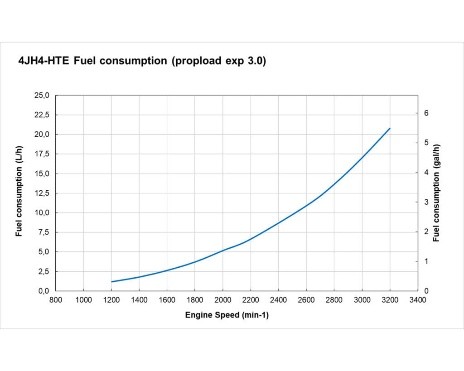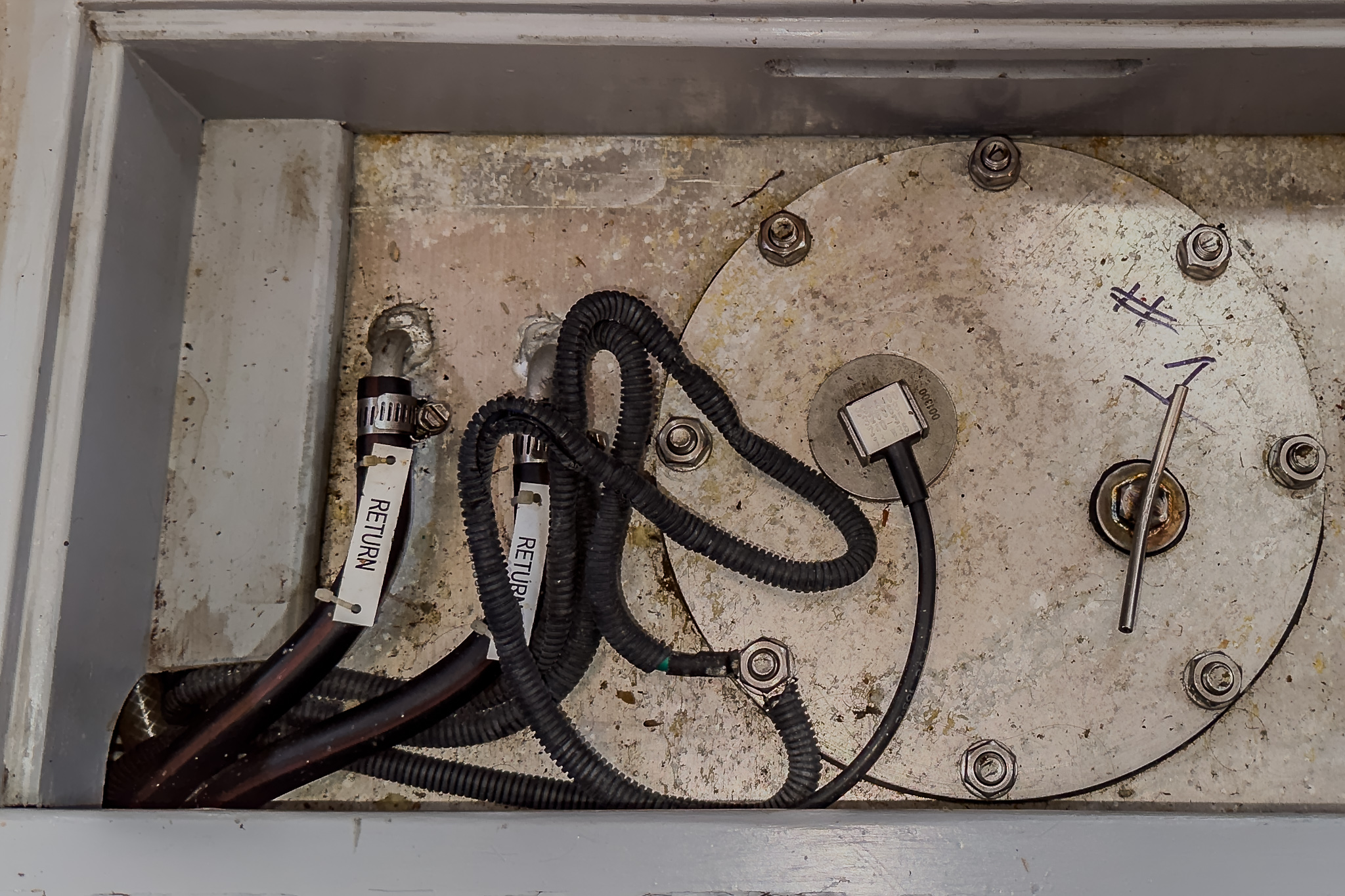Tankage is one of the things that distinguishes true bluewater cruising sailboats from coastal cruisers. Whereas coastal cruisers are usually never far from a fuel dock, voyaging offshore or living aboard in remote anchorages means the nearest source of diesel might be hundreds of miles away—or simply not available. For those of us living the sea gypsy life, fuel capacity isn’t just about running the engine—it’s about freedom, safety, and self-sufficiency.
Then and Now: Why Tankage Matters More Today
If you look back at the boats of the 1960s and early 1980s, many didn’t carry much fuel. Some purist designs didn’t even have a main engine. These vessels were built for a different era—before watermakers, refrigeration, radar, chartplotters, or satellite internet. Energy demand was minimal, and sailors relied almost entirely on the wind.
Modern bluewater sailors live differently. A true passagemaker today often carries not just sails and a sextant but also refrigeration, autopilot, watermaker, Starlink, and other power-hungry systems. Solar panels help, but they’re not infallible. Weeks of cloudy skies or the short days of the tropical “winter” can leave batteries struggling. That’s when having a reliable backup charging source matters—either a diesel generator, a big alternator on the main engine, or both. And those backups need fuel.
Safety Offshore
Fuel isn’t just about comfort; it’s a safety margin. Offshore, 800 nautical miles from land, a dismasting or major rig failure can mean motoring for days. Without enough fuel, you may not reach safe harbor. Even without such catastrophes, having the ability to run the main engine or generator ensures your critical systems—navigation electronics, autopilot, communication devices—stay powered when solar alone won’t cut it.
There’s debate here. Some “old-timers” argue that electronics aren’t essential and that a true sailor doesn’t rely on them. My counterpoint is Starlink. With satellite internet powered up, I can receive accurate, up-to-date weather forecasts and make better routing decisions. That’s not a crutch—it’s proper seamanship. Good information, combined with experience, improves safety. And good information requires energy. Energy requires fuel.
Freedom to Live the Sea Gypsy Life
One of the joys of a true bluewater sailboat is the ability to disappear into remote anchorages for weeks at a time. This is where fuel tankage becomes the enabler of freedom. With the ability to make water, keep refrigeration running, and charge batteries without needing to visit a marina or fuel dock, we can live the sea gypsy life—off-grid, self-reliant, and free to explore.
On Wanderlust, our 2014 Passport 545AC, we carry 376 gallons of diesel in three stainless-steel tanks. That capacity has allowed us to cruise thousands of miles across the Pacific without constantly worrying about where the next fuel dock might be. It also means our foredeck is clear—no yellow jugs lashed to the lifelines—because our tankage is built in, low in the bilge where it doesn’t compromise sailing performance.
Tankering Fuel: A Practical Advantage
Large tankage has another benefit: cost savings. Diesel prices vary wildly from port to port. With big tanks, we can “tanker” fuel—buy in bulk where it’s cheaper and carry it forward. Since leaving San Diego in February 2023, we’ve only bought fuel four times: San Diego, La Paz, Tahiti, and New Zealand. In March 2025, before leaving New Zealand for French Polynesia, we topped off again. Now, after the ~2500nm passage back to FP and months of cruising between Tahiti, Moorea, Raiatea, Tahaa, and the Tuamotus, we still have half that fuel left.
By contrast, many production boats and even some voyagers rely on 5-gallon jerry cans strapped to the rail. It works, but it’s not efficient, safe, or elegant. Built-in capacity below the waterline keeps the boat’s center of gravity lower, improves handling, and keeps decks clear for what they’re meant for—sailing.
So How Much is Enough?
The answer depends on your boat, your cruising style, and your tolerance for risk. For a true bluewater cruising sailboat, a good rule of thumb is fuel capacity in the 250–400 gallon range for a 45- to 55-foot vessel. Smaller boats may get by with less, but the principle is the same: if you want the freedom to cross oceans, linger in remote anchorages, and power your safety systems no matter the weather, you need enough fuel to do it. That’s one of the defining traits of a true bluewater passagemaker—designed not just to sail far, but to stay self-sufficient once it gets there.

For example, on Wanderlust with a Yanmar 4JH4-HTE diesel:
- Cruising RPM: ~2000
- Fuel burn: ~1.3 gph (from the manufacturer’s curve)
- Usable fuel: ~350 gallons (out of 376 total)
- Run time: ~265 hours
- Average speed: ~6.5 knots
- Range under power: ~1,700 nautical miles
That’s unusually generous for a 55-footer, but the takeaway is this: a true bluewater cruiser should carry enough fuel to motor 1,000–1,200 nautical miles.
The key is to know your own numbers. Every engine has a fuel consumption curve like the one shown here, usually from the manufacturer or sometimes in the engine manual. If you can’t find one, track your burn rate carefully and build your own. Then study how boat speed and fuel burn change with RPM and calculate your own range under power. That knowledge is more than trivia — it’s a safety margin, a planning tool, and one of the most honest measures of how self-sufficient your boat really is.
Conclusion
Fuel is more than just what turns the propeller. On a true bluewater sailboat, it powers the freedom and independence that define the cruising lifestyle. It’s the margin of safety offshore, the enabler of self-sufficiency, and the key to living the sea gypsy life without being tethered to marinas and fuel docks.
In the end, the right amount of tankage isn’t just about gallons—it’s about the kind of life you want to live. If that life involves voyaging across oceans, staying far from the beaten path, and being free to choose your horizon, then generous, well-designed fuel capacity isn’t optional—it’s what makes a sailboat a true bluewater cruiser.
